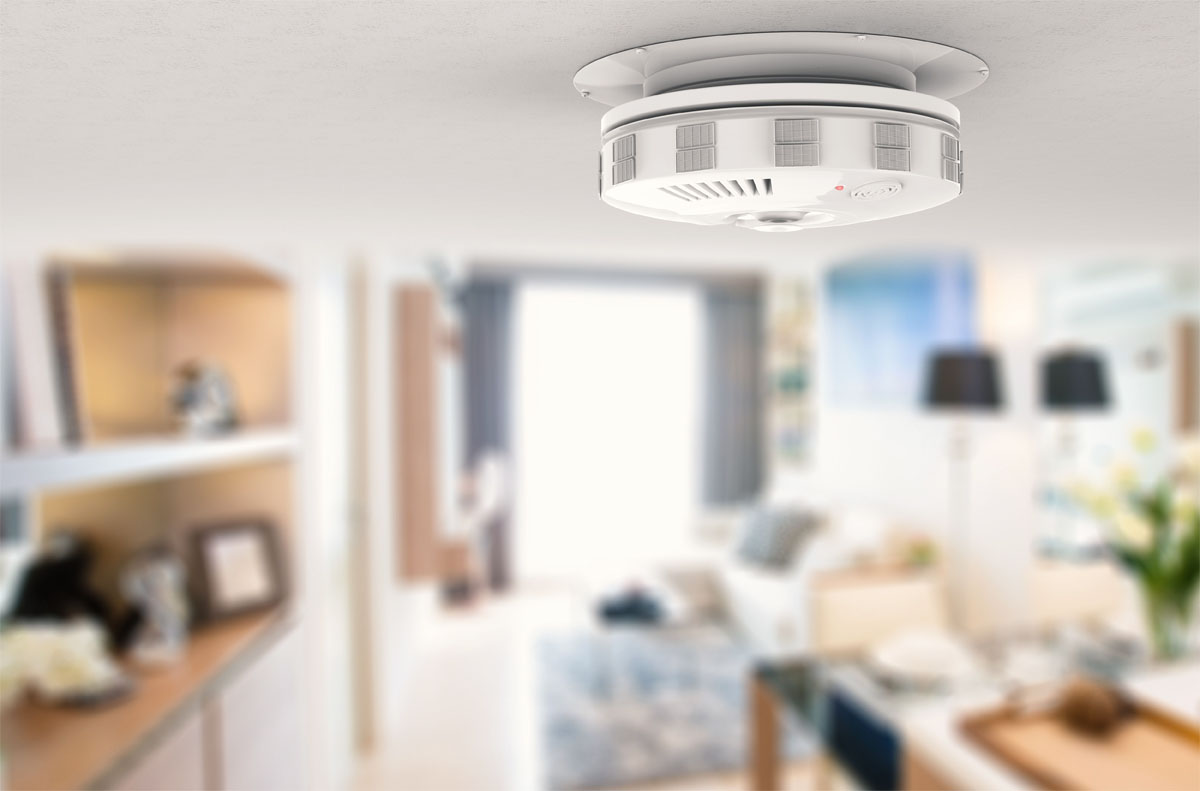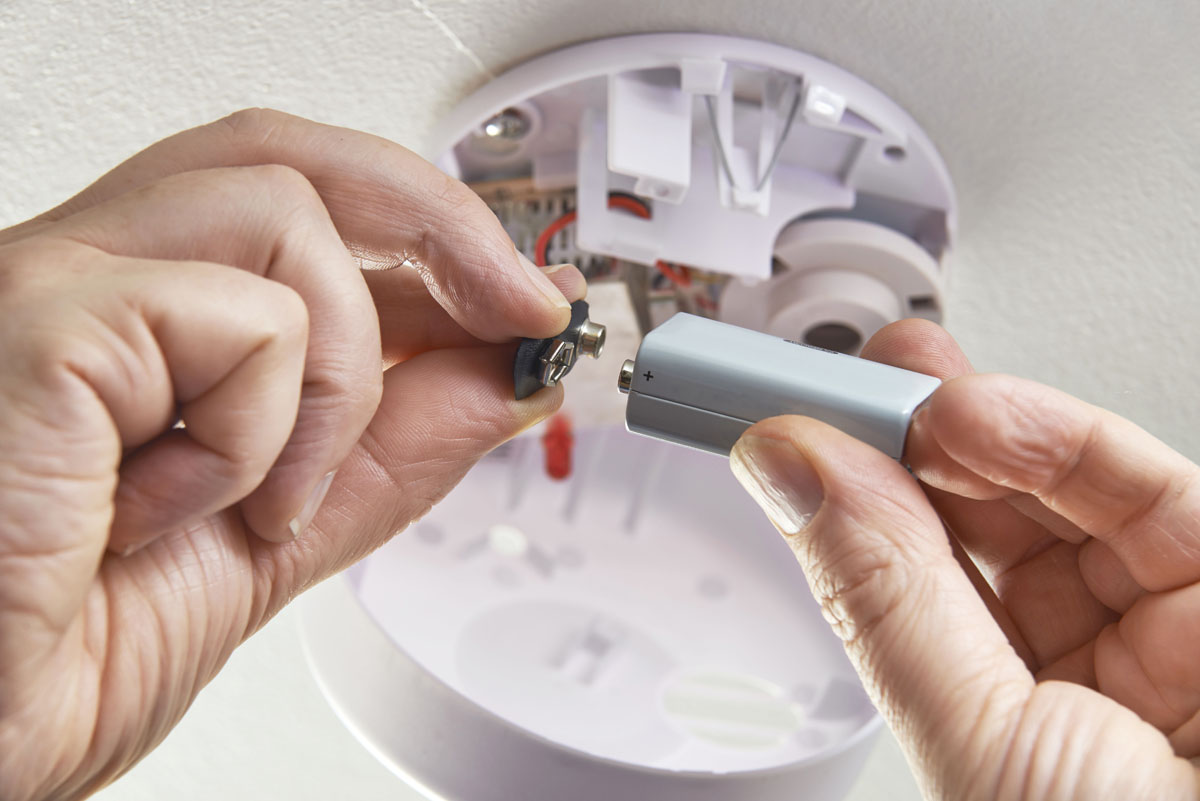Detectors Do Save Lives - Page 2
 |
|
|
Because this is America, there are also myriad consumer decisions to be made regarding alarms, including whether to get carbon monoxide gas detection. This 'silent killer,' even in the absence of fire, claims 400 souls in the U.S. each year. It's not a figure as high as the 4,000 who die in fires annually, but it's still scary.
Detectors are also available for carbon dioxide, which, like smoke, can be an indication of fire. Smoke and gas detection options for the hearing impaired can range from alarms with a complex low-frequency sound to models with strobe lights.
When you decide to install or replace smoke detectors yourself, there are certain things to keep in mind, partly to avert said finickiness. For one, Larson suggests, "You definitely don't want to put them too close to the kitchen."
This is true despite the fact that unattended cooking is the major cause of home fires (followed by wood-burning stoves and fireplaces).
 |
|
|
Alarm upgrades can be required in some construction projects, such as new homes, or existing ones getting new roofing installed.
"It's required, if you have the roof open, to be hardwired," Truong noted, which can be a challenge in a home with exposed beams or a flat ceiling.
"I've put plenty of smoke detectors in Eichlers, but they're always battery-operated," Larson admitted.
And of course, detectors of all kinds are recommended to be tested monthly, cleaned occasionally, and if equipped with a non-replaceable battery, the entire unit should be replaced at least every ten years.
Clearly, there is a learning curve and possibly some challenges in adding or updating detectors in your home. But perhaps all you really need to know is that more than a third of all home fire deaths occur in homes without alarms/detectors, and three out of five deaths are in homes with no working alarms.
For more information, please refer to the links below:
• National Fire Alarm and Signaling Code
• The Environmental Protection Agency is another source (including an FAQ on installing carbon monoxide detectors)




